CIDETEC develops a new smart window concept for the aeronautic sector
CATEC hosted the final meeting of the INLIGHT project on 29 October
CIDETEC has been coordinating Europe’s INLIGHT project since 2012; funded by the EU’s Seventh Framework Programme for Research with a total budget of €4 million, the project aimed to develop a new generation of smart windows for the aircraft of the future.
Leading aeronautical companies such as AIRBUS Group and GKN Aerospace took part in the project alongside other technology centres like IK4-TEKNIKER, Fraunhofer ISC and VTT.
The project’s initial objective –to develop smart, passenger-controlled windows that can be darkened or lightened to prevent glares and excessive light, in response to the growing demand for systems that enhance passenger comfort – were met over the course of the three-year project.
The technology used in the project was based on electrochromic materials that can change colour when subjected to a small electric field. INLIGHT was also able to incorporate a transparent OLED lighting system (TOLED) into the window surface for the first time in the aviation market.
The electrochromic devices, based on nanostructured coatings, solved existing limitations regarding the need to work with high temperature processes, developing new compatible processes with plastic substrates. Solid transparent electrolytes with high ionic conductivity and excellent adhesion were also developed to overcome the limitations associated with the use of liquid electrolytes.
The project also succeeded in developing a highly transparent five-layer module for the TOLED device. In addition, as an alternative to the use of ITO, low resistivity and high transparency AZO layers were deposited on plastic substrates.
Finally, both devices (electrochromic and TOLED) were successfully scaled to the actual dimensions of an airplane window and a comprehensive solution combining both technologies was developed.
These milestones have served to validate the concept of smart windows with premium features in aircraft as well as to verify the versatility of the developed technology and its ability to be extrapolated to other industrial fields such as the automotive and construction sectors.
More information:









